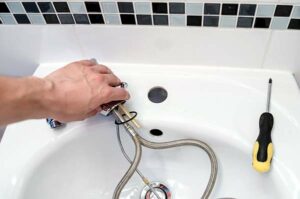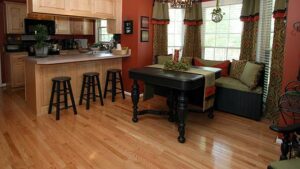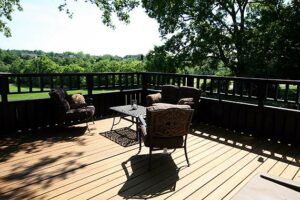Whether to increase your home’s value or to replace damaged siding, be sure to consider all your Louisville home siding options. Not all exterior siding performs the same in Louisville and surrounding areas.
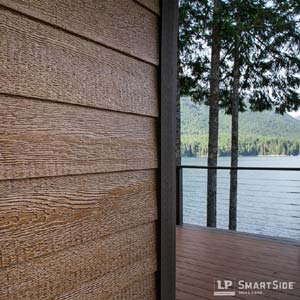
Kentucky’s unique geographic location and climate can be brutal on your home’s siding. Frequent freeze-thaw cycles, sun, severe storms, wind, and water are all factors in how materials deteriorate for most Louisville area homes.
These natural elements, in combination with other threats like termites and regular wear and tear, can leave most siding materials severely damaged over time.
How do popular siding products on the market compare between engineered wood siding, fiber cement, and vinyl? You will need to do your own research and recommendations from contractors in the area, but here’s what we found.
Fiber cement vs. engineered wood – freeze-thaw cycles
Fiber cement siding is typically more brittle than engineered wood. This makes it more susceptible to breaking or cracking from a stray baseball or the freeze-thaw cycles of the area.
Cracking may also occur when water penetrates and remains in the cement substrate. It then freezes and expands as the outside temperature falls. Repeated cycles of freeze and thaw may enlarge the cracks.
In fact, freeze-thaw cycles can occur many times during the year. Here’s the average annual freeze-thaw cycle according to the National Climatic Data Center.
Vinyl vs. engineered wood
Vinyl siding is popular in some parts of the country due to its lower cost but it will fade over time. It is almost impossible to refinish.
Vinyl becomes more brittle in the winter in colder climates and becomes more susceptible to cracking from impacts against it. Even in warmer seasons, pliable vinyl siding is susceptible to damage from impact from debris thrown by a lawnmower, stray baseballs, or a hail storm.
Sometimes it can even melt!
Homeowners may not know that because vinyl is affixed more loosely on the house to allow for contraction and expansion. A strong wind may cause the siding to chatter on the underlying structure and adjacent pieces of vinyl. Finally, because of its material properties, vinyl siding may be more challenging to dispose of responsibly.
Traditional wood vs. engineered wood
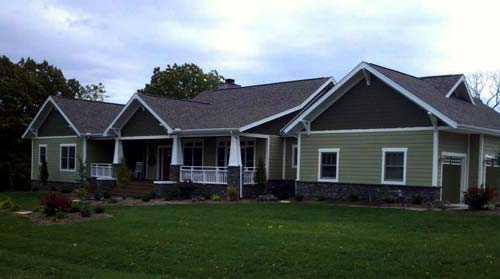
Traditional wood typically requires more maintenance, including painting and scraping, than other siding materials. It does not resist warping, cracking, and splitting as well as other siding materials.
Engineered wood siding resists warping, cracking, and splitting. It is typically factory pre-primed, enabling it to take and keep paint well, delivering optimal adhesion and consistent application. For all these reasons, treated engineered wood siding is a very good option compared to other types of siding, even traditional cedar siding.
Louisville Home Siding Options
Be advised, some contractors may disparage a product they do not carry. Please be aware of the products that a contractor carries and make sure they are not just selling you what they have. The cost between these siding choices varies by region. Here are some averages to give you an idea of the costs for materials.
- Vinyl: Due to the varying quality of the vinyl itself, the average cost for installing vinyl siding ranges from $2 – $12 per foot installed. This means that a typical home of 1,500 square feet will have a total material cost of $3,000 – $18,000. Specialty pieces that fit the unique features of homes can add to the cost.
- Fiber Cement: Costs approximately $8 – $12 per square foot, so for a home of 1,500 square feet, the approximate cost is $15,000 installed.
- Engineered Wood: The cost is less expensive than its real wood counterparts, ranging from $3 – $5 per square foot, for a total of $3,750 to $7,500 for 1,500 square feet. Most engineered wood siding comes with very solid manufacturer’s warranties, like LP’s 5/50 year warranty.
When you invest in higher-quality siding materials, be sure they are made to last in your area’s climate. Each material has been tested to the manufacturer’s specification, so there are selling points for them. Just make sure the contractor has your home’s value in mind when installing siding.

